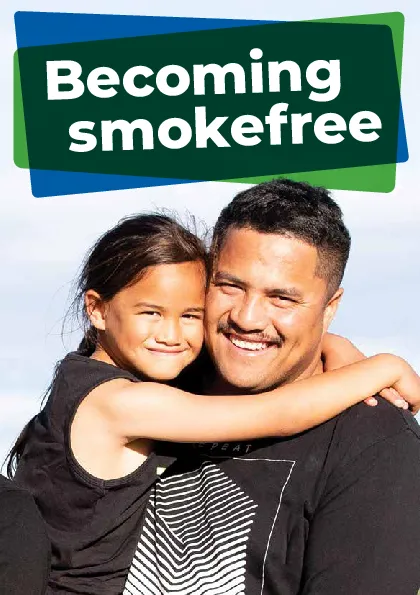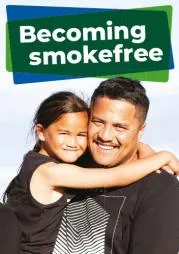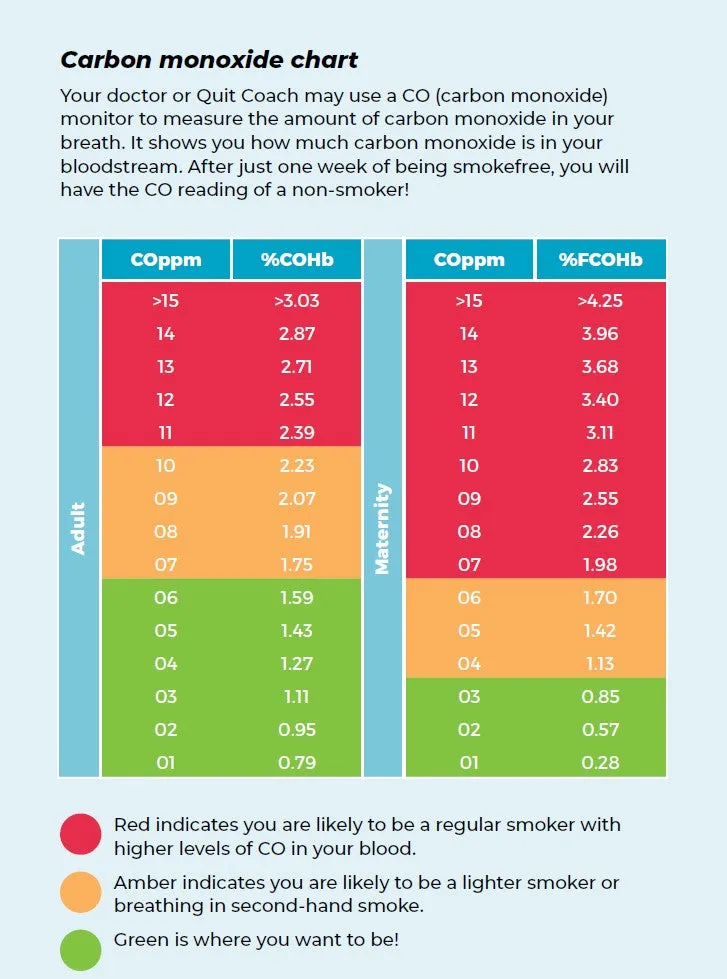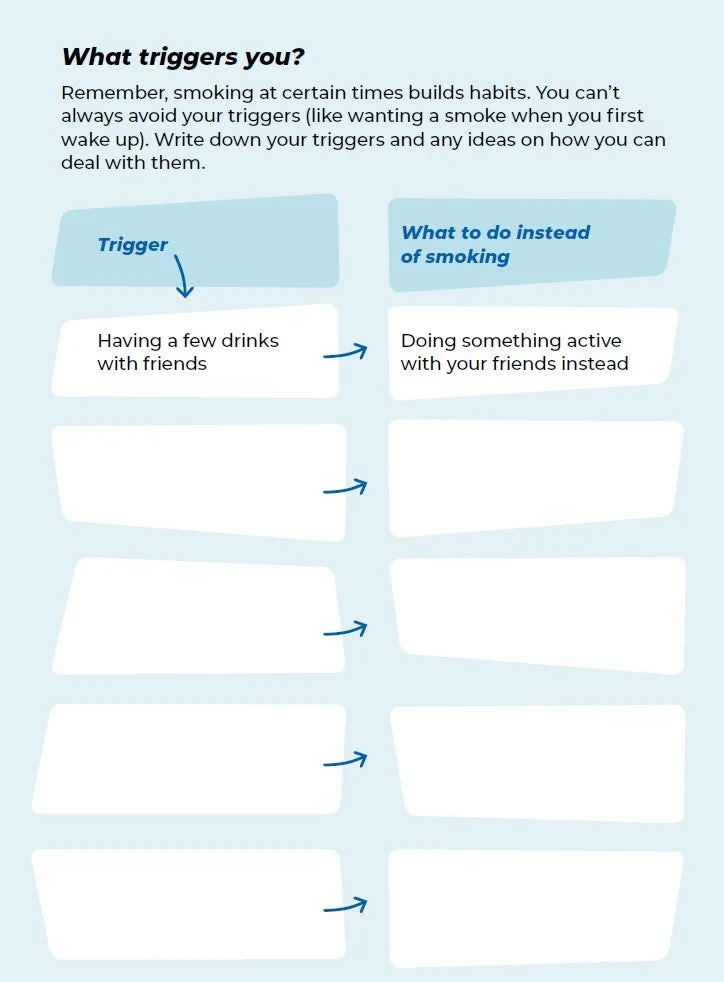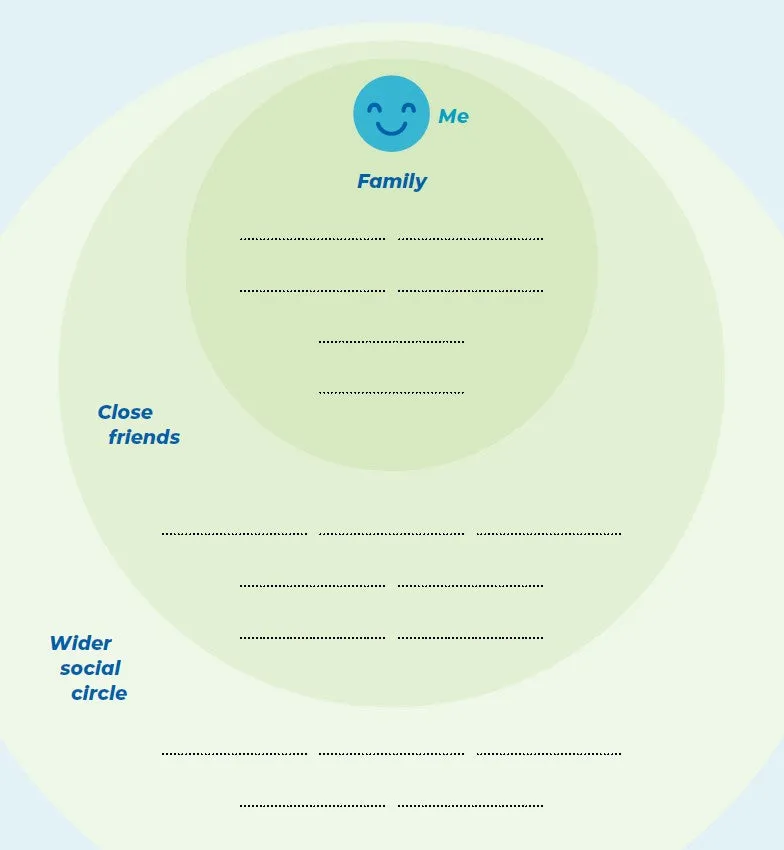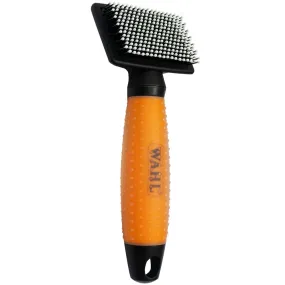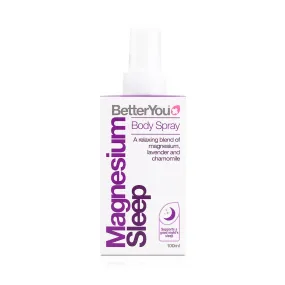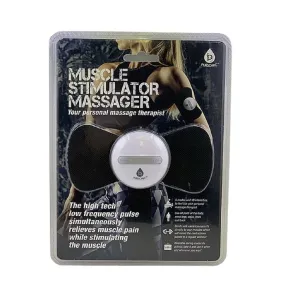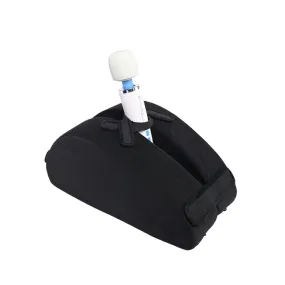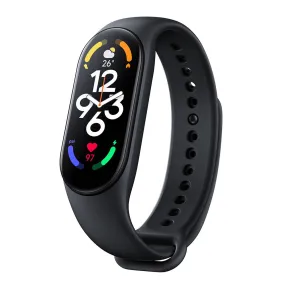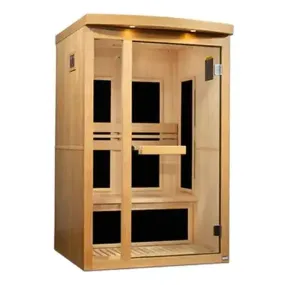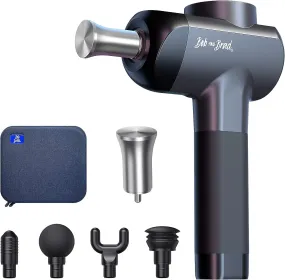Congratulations on deciding to quit!
Stopping smoking is a big step to take, and it’s one of the best decisions you’ll ever make. You’ll save yourself thousands of dollars every year, you’ll be setting a great example for your whānau and friends, you’ll live years longer, and things will taste better.
Need help now? It's free!
Contact Quitline 24 hours , text , or call free on
Find your local stop smoking service
How to use this booklet
Stopping smoking can be hard, and there are no magic cures – but there are some great tricks that can make quitting easier. This booklet can help you make a plan to quit.
Why should you quit?
Take a look at what smoking is doing to your health, your whānau, and your wallet.
Think about how taking control of your addiction could change your life for the better.
Prepare your plan
Go through the steps to becoming smokefree:
- Prepare for withdrawal symptoms. Know what triggers your cravings and how you can deal with it.
- Get a Quit Coach and create your support network. Tell people you’re stopping and ask them to be kind to you.
- Find stop smoking aids to get you over the hard bits.
Chart your progress
Put your plan into action and chart your progress for the first two weeks.
The first step is setting a quit date
It really helps to set a date to stop. Pick a day that’s likely to be a normal sort of day, not a day that could be a bit stressful or full-on.
You’ll be charting your progress so you’ll write this in as your first smokefree day.
Find a Quit Coach (stop-smoking expert) to help you with your plan.
My quit date is:
Quit Coach:
Contact details:
Kia kaha! Stay strong, you can do it!
I needed to be smokefree when I got pregnant. It was tough but I smashed it!
Why should you quit?
Your health
You may have started smoking for all sorts of reasons but you probably kept smoking because your brain and body began to really need the nicotine. That’s the chemical in tobacco smoke that got you addicted.
It doesn’t take long until your brain and body start to need the nicotine from smokes just to get a buzz, but the buzz wears off, then you have another, and another.
What am I smoking?
- Nicotine makes you addicted to tobacco smoke, but it doesn’t cause lung cancer or heart disease or any other diseases – it’s the smoke that does that!
- Carbon monoxide (CO) is a poisonous gas, and the same stuff that comes out of a car exhaust pipe. It replaces a lot of the oxygen your body needs, and causes strokes and heart attacks.
- Tar is just like the black, sticky tar that roads are made from. It sticks all over the inside of your lungs, causing many cancers and lung diseases.
- Hundreds of other poisonous chemicals and gases go into your lungs, your blood, and your body from tobacco smoke. Many of them cause cancer, and many also damage your heart and lungs.
Carbon monoxide chart
Your doctor or Quit Coach may use a CO (carbon monoxide) monitor to measure the amount of carbon monoxide in your breath. It shows you how much carbon monoxide is in your bloodstream. After just one week of being smokefree, you will have the CO reading of a non-smoker!
Second-hand smoke
Second-hand smoke is the smoke you blow out and that drifts off the end of a cigarette. It has all the same bad stuff in it as the smoke you puff in – the tar, the poisonous CO gas, and the other bad things that can cause diseases.
When people smoke tobacco inside the car or house, everyone gets a share of the poisons in the smoke. The poisons hang around a long time after you stop smoking and opening the door or window won’t help. It hurts your whānau, friends, and even your pets.
It’s easy to make your house and car smokefree
Make a rule that your house and car are smokefree. You’re not telling people that they have to stop smoking. You’re just asking them not to smoke inside your car or house. From 28 November 2021 it has been illegal to smoke in a vehicle carrying anyone under 18yrs old - whether the car is moving or stationary.
The cost of smoking
How many extra groceries could you buy each month with the money you save?
If you STOP after smoking a pack a day you could SAVE OVER $1,277 a month or $15,330 a year!
Smoking and your baby
If you are pregnant, it's never too late to quit for your baby. Quitting now will make you, and your baby, healthier and better equipped for life.
Before baby is born
Your baby is getting a share of the poisonous carbon monoxide gas and other poisons straight from your bloodstream. Smoking also damages the placenta. That means your baby is getting way less oxygen than they need to be really healthy when born. This may cause a premature birth, health problems down the road, and increase the risk of cot-death or SUDI (sudden unexpected death in infancy).
While breastfeeding
If you smoke near your baby during feeding, your baby will get their share of poisons every time they breathe, even if you're outside. Even the clothes you wear will be covered in smoke.
Taking back control for baby’s health
Stopping smoking for baby is one of the best things you can do for their health.
Their lungs and heart will be stronger, they won’t get sick as often, and they will have the oxygen they need to grow stronger and healthier.
Taking control
Becoming smokefree is a big deal. You’re taking control of your life! This can lead you to gaining control over all sorts of other important things.
Put a tick by what you’ll be taking control of:
- I will be able to afford the things I need
- I will be fit for sports and playing with the kids
- I’ll be able to travel to visit my whānau
- I will be proudly smokefree, no more sneaky smoking
- I will be healthier and live longer for my kids
- I will smell amazing, no more stinky smoking!
- My kids won’t get sick from my smoke
- My moko will stop nagging me all the time!
- I’ll cough less and feel out of breath less often
- Being free of addiction
What else? Write it here.
Who benefits when I stop smoking?
Write the names of who may benefit. (For example, you do, whānau, even your pets!)
How does your body benefit from quitting?
- 20 minutes: Your heart rate drops. It doesn’t have to work so hard now you’ve stopped smoking.
- 1 week: The poisons in your body from smoking are all gone. You’ll start to feel amazing!
- A few weeks: Your lungs start to work better and you’ll feel fitter.
- A few more weeks: You won’t cough as much now or be short of breath as often.
- A couple of months: The pressure is off your heart. There’s less chance of a heart attack.
- A few years: Your chance of stroke is the same now as if you never smoked!
- A few more years: Awesome! Your risk of getting cancer from smoking is less now that you’ve stopped. Your heart loves you more too!
Being smokefree is awesome, I have more energy and I also have way more quality time with my whānau. I live a healthier and happier life now
Prepare your plan
Prepare for withdrawal symptoms
You’re likely to face withdrawal symptoms and cravings brought on by triggers. Tobacco withdrawal symptoms are common when you stop smoking. After all, you’ve been smoking for a while and it’s going to take a little time for your body and habits to adjust.
The good news is that these things won’t last forever! Soon you’ll notice withdrawal symptoms are less nasty and happen less often.
Common withdrawal symptoms
- You get grumpy easily
- You can’t concentrate on stuff properly because all you can think about is having a smoke
- You have trouble sleeping
- It gets hard to get a good night’s sleep
- You can’t sit still and relax
- You can feel miserable a lot
- You get hungry a lot, but even eating may not help
Know your triggers and plan ahead!
Triggers are the things that happen in your day that make you want to smoke.
Triggers can cause cravings for a puff of tobacco. Cravings don’t last long – usually just 5–10 minutes – so try to wait it out. It can really help to distract yourself by doing something else, or counting ten long, slow breaths. Exercise can help reduce cravings too.
- Habit triggers like drinking coffee or alcohol, driving, or taking a break at work:
Think about the habits you’ve built around smoking - Emotional triggers like feeling stressed, bored, happy, or excited:
Think about what emotions cause you to smoke - Withdrawal triggers like smelling smoke, or needing to do something with your mouth:
Think about what you can replace smoking with – try patches, gum or lozenges, or having a drink of water - Social triggers like being with friends who smoke, going to a party, or having a drink at the end of the day:
Think about strategies you can put into play when these come up
What triggers you?
Remember, smoking at certain times builds habits. You can’t always avoid your triggers (like wanting a smoke when you first wake up). Write down your triggers and any ideas on how you can deal with them.
| Trigger | What to do instead of smoking |
| Having a few drinks with friends | Doing something active with your friends instead |
Identify your support network
You can get support in lots of different ways. A Quit Coach can give you professional advice and support, your doctor can help with prescription medications, and whānau and friends can offer moral support when you’re feeling down.
Quit Coaches
Your friendly local Quit Coach or the great people at Quitline can help keep you smokefree. They’ll show you how to use your stop smoking medicines, share ideas, and give you some great skills to keep going.
If you don’t already have a Quit Coach, contact your local stop smoking service for free face-to-face support or contact Quitline.
Find your local stop smoking service or contact Quitline 24 hours , text , call free
Build your own network
Identify friends and whānau, and people in your church, marae, sports clubs, community, and workplaces... whoever you can call on for support and encouragement.
Me
Family
Close friends
Wider social circle
I stopped smoking when my son was born. I’ve got three kids and I want to keep up with them. It’s important for the whānau.
Find medicines that work for you
Stop smoking medicines aren’t magic cures but they can more than double your chances of stopping smoking for good! Talk to your local stop smoking service, Quitline, your GP, or pharmacist about the medicine that's right for you.
Nicotine replacement therapy (NRT)
Patches, gum, and lozenges replace some of the nicotine you would have got from smoking, making quitting easier. Remember nicotine isn’t the bad guy here! NRT helps keep nasty withdrawal symptoms under control, but doesn’t ‘cure’ the addiction.
It’s important to use nicotine patches and gum properly to get the best results. If they’re not used often enough or for long enough, it’s hard to resist the temptation to have a puff of tobacco to satisfy your craving.
Gum and lozenges are not lollies. They are medicines to help you stop smoking and may not taste very nice at first.
Nicotine patches
- Stick one on your skin in the morning and leave all day and overnight (if you’re pregnant, take it off overnight).
- Put a new patch on in the morning, on a different part of your skin, and take the old one off.
- Do this every day for at least 8 weeks.
You may have redness where the patch has been or be a bit itchy at first. Some people may have vivid dreams. Contact Quitline or your Quit Coach if you’re worried or want some advice.
Lozenges
- Have a lozenge on the hour every hour as often as needed for at least 8 weeks.
- Suck the nicotine lozenge for a minute until you taste the hot pepper flavour, then stop sucking and park it in the side of your mouth between your teeth and your gums until the taste fades (about 5 minutes).
- Suck it again for a minute until you taste the flavour again. Do this until the lozenge has dissolved (about 30 minutes).
- Take a break for a while – have a drink or something to eat.
Gum
- Use it just like the lozenge, but instead of sucking, you chew the gum, then park it.
- Chew and park for about 30 minutes or so, then you can spit it out.
The medicine may feel a bit harsh on your throat or mouth at first, and you may experience hiccups or heartburn. Don’t worry, this isn’t dangerous. Chew or suck a bit less and park a bit longer in the side of your mouth.
Nicotine mouth spray
- 1 mg per spray with one or two sprays every 30 minutes. You can use 4 sprays an hour.
- Spray it in the air first to get it working.
- Point it in your open mouth towards your cheek or under the tongue, not on your throat. Spray but DON’T inhale at the same time. Wait a minute before swallowing.
- Don’t eat or drink for 30 minutes.
Using two NRT products (for example, patches and gum) is more effective than using one. This can be the best way to get the right amount of nicotine to keep withdrawal symptoms away.
Stopping smoking prescription medicines
These are pills and tablets you get from your doctor that can at least double your chances of stopping smoking for good. They work by making smoking less satisfying and by taking the edge off withdrawal symptoms.
Not all of these will work for everyone, especially if you have some other health issues or are taking other medications. That’s why you need to see your doctor, as they’ll tell you which one is right for you.
You pick up your medicine from the chemist, and they can help you understand what you need to take and when. Your Quit Coach and doctor can also help.
Most stopping smoking prescriptions only cost a small amount for most people, plus the cost of a doctor's visit).
Common prescription medicine brands include:
- Varenicline Pfizer (Varenicline tartrate)
- Zyban (Bupropion hydrochloride)
- Norpress (Nortriptyline)
Vaping
Some people quit smoking by switching to vaping.
There are many reasons why people make the switch to vaping – it’s cheaper, easy to use, feels a lot like smoking, and can help you stop smoking. Most importantly, the vapour doesn’t have the poisons you’d get from smoking tobacco.
Vaping is not harmless, but it's less harmful than smoking. Aim to quit vaping when you feel certain you won’t be tempted to smoke. It may take some time to become vape free.
How to vape when you’re trying to quit smoking
You need nicotine in your vape liquid. Your body and brain are craving nicotine, so you could have some withdrawal symptoms if you vape with low or no nicotine options.
If you usually smoke 10 or more cigarettes a day you should start with a medium or high strength of nicotine in your vape liquid or pod. You can always go up or down in strength until you find what is best for you.
You’re at a good level if you’re taking two to three puffs on the vape to satisfy a craving.
It can take time to get used to vaping and you may find you're both vaping and smoking for a short while. That's ok as long as you continue to work on quitting smoking completely.
Pen vapes
- Have a battery and a tank that you fill with vape liquid and a coil that heats the vapour.
- You’ll have to learn how to fill these and how to change the heating coil every few weeks.
Pod vapes
- Have a battery and use small cartridges of e-liquid that clip into the device.
- Pop in a cartridge (also known as a cap, capsule, or pod) and puff it like a cigarette.
- Easier to use than pen vapes (no need to change a coil or push a button) but can cost a bit more.
Tank vapes
- Can be a bit tricky to use, so it’s probably best to avoid these at first if you are vaping to stop smoking.
Buying your first vape
A good vape store is all about vaping and doesn’t sell tobacco-related products. The store staff or Quit Coach at your local stop smoking service provider can help you work out which type of vape will work for you, alongside which strength of nicotine you should begin to use. Don’t just go for the cheapest option – you need a reliable vape, so you are not tempted to go back to smoking.
For more information visit
Quitline and your local stop smoking service can provide support while you are vaping to quit.
Chart your progress
Now that you’ve got your plan in place, you’re ready to go smokefree and commit to not having one more puff of tobacco. If you can get through the first week without a single puff you’re 10 times more likely to stop for good.
- Decide to quit
- Set a quit date
- Know why you should quit
- Plan for triggers and cravings
- Identify support
- Organise stop smoking aids
- You're ready to start
- Way to go! 1 week smokefree
- 2 weeks smokefree! You’re getting in control of your addiction. Your lungs are clearing up, and you’re feeling fitter. You may feel some of the withdrawal symptoms start to fade.
Ka mau te wehi!
So you’ve had a smoke. What now?
Don’t worry – it’s common to fall off the waka when the river gets rough. It happens, and it’s normal, but it’s not the end of your paddle! After all, you’ve had some practice and have some new skills.
Remember to:
- keep using your stop smoking medicines
- talk to a Quit Coach or Quitline for support
- think what you can do better next time
- avoid dangerous situations where you might be tempted to smoke
- give it another go!
Tips for success
Get support and stop smoking medicines to quit
Using stop smoking medicines with support from a Quit Coach or Quitline more than doubles your chances of stopping for good than if you try going cold turkey.
Set a quit date, then stop
Most people who try cutting down do it so slowly they never actually stop. It’s better to set a quit date and do everything you can to not have a puff on tobacco smoke from that day on.
It’s not enough to just cut back
Smoking just one cigarette per day still has half the risk to your heart as smoking 20 per day. Quitting tobacco completely is best for your health.
Withdrawal symptoms won’t last forever
These can be really nasty for a while, but they get less annoying over a short time. It’s different for everyone, but you can make it!
One smoke is enough to get you started again
Having a sneaky smoke will make you want more. Chances are you will be right back where you started and have to do it all again.
Patches and gum are a long term solution, not a cure for an immediate craving
These work too slowly to help with a strong craving. It’s much better if you have a new patch on every day and use your gum or lozenges on the hour, every hour as often as needed.
Avoid smoky situations
Try as hard as you can to avoid situations where you’re tempted to smoke. Tell your friends and whānau who smoke that you’re quitting and keep in touch by text or online for a wee while.
It was hard to overcome that nicotine addiction. Nine years later it is still the best thing I ever did for my health.
Need help now?
Find your local stop smoking service
Contact Quitline 24 hours , text , or call free on




